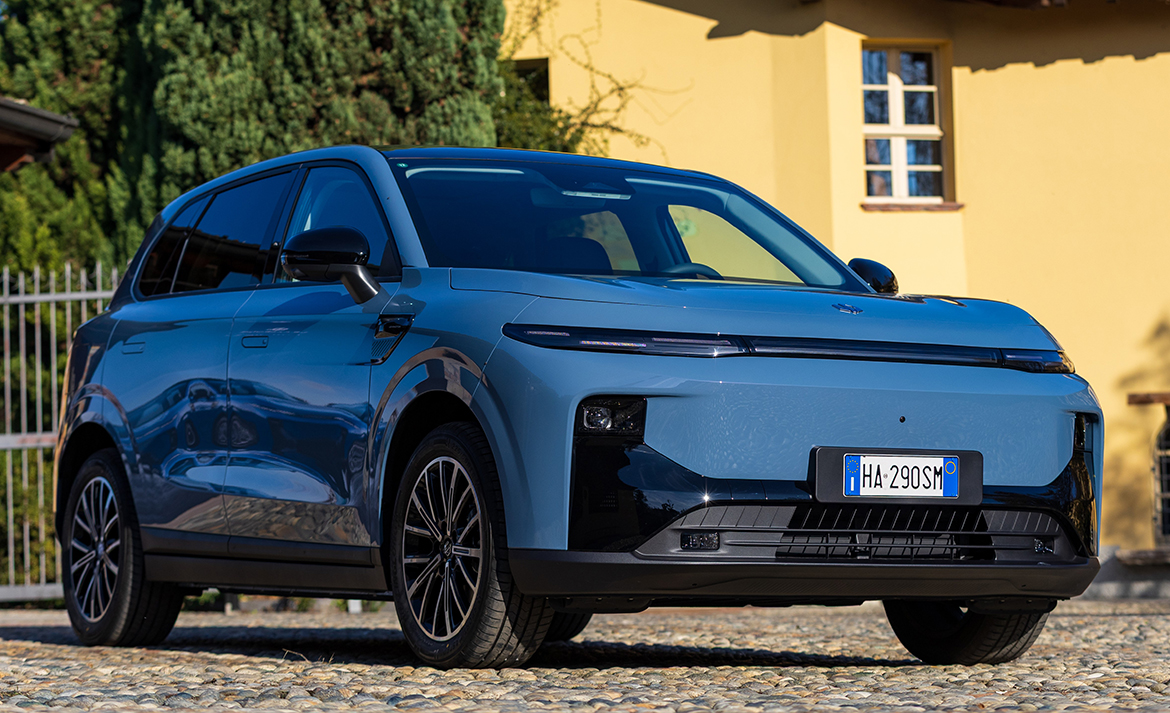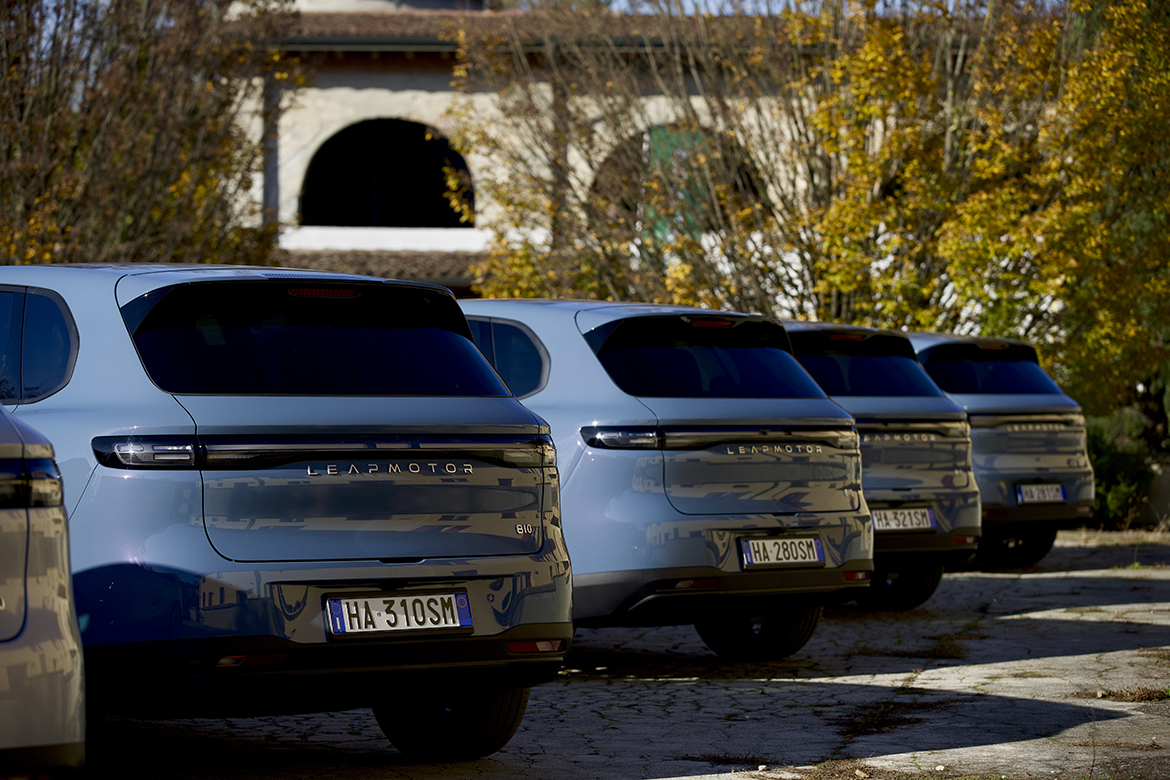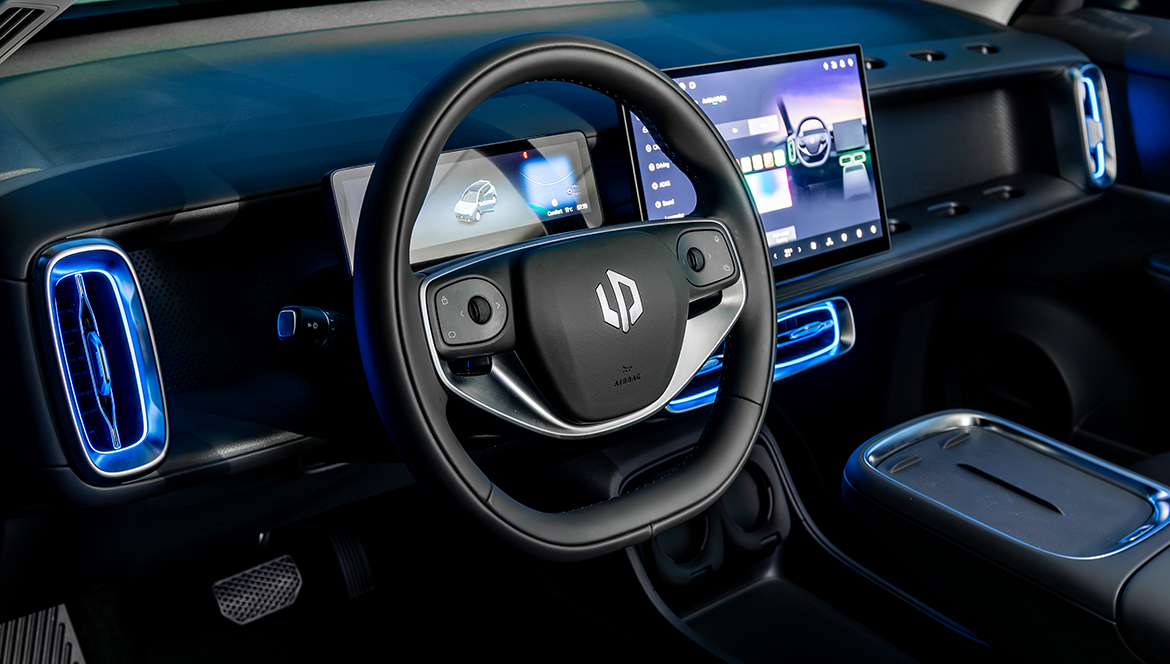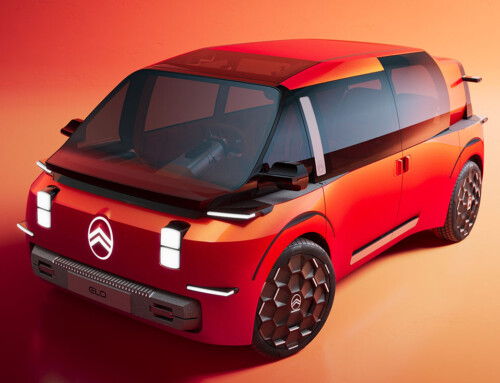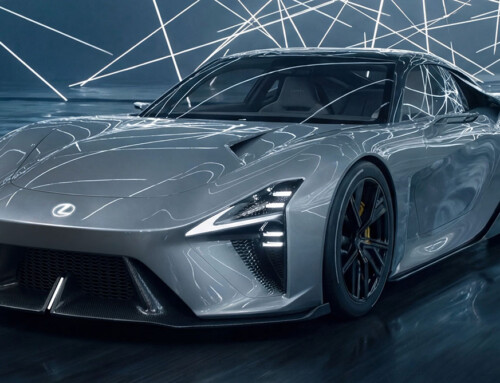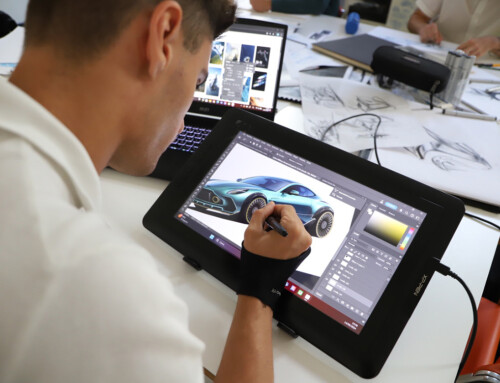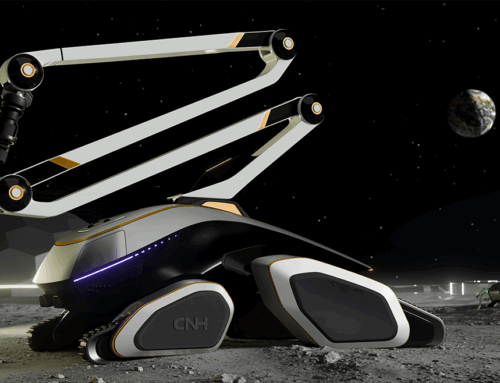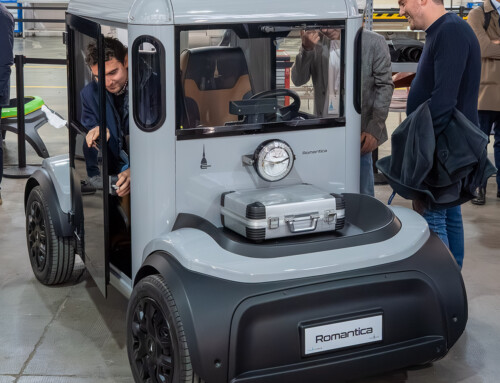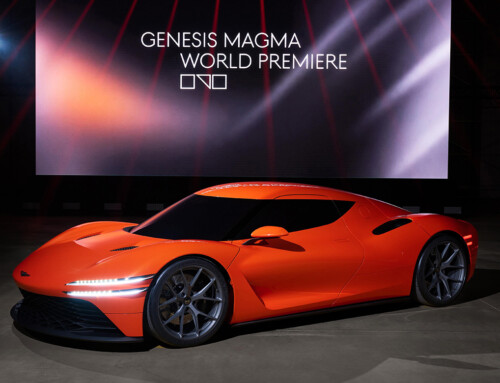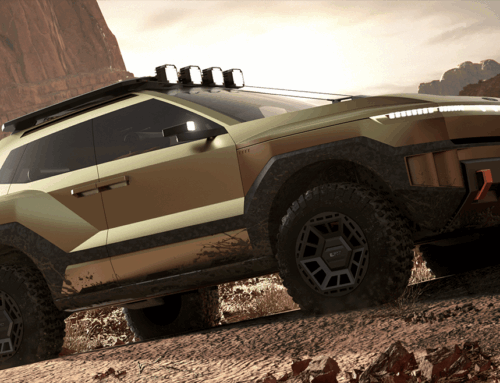The collaboration between Stellantis and Leapmotor, now effectively a brand within the Italian-French galaxy given that it is distributed through the same commercial network as its brands, is consolidating its offering with models that target the most sensitive segments, those in which the need for models that are in step with the times but accessible is most keenly felt. The latest addition for 2025 is called the B10 and, despite its name, it is positioned squarely in the C segment, among compact electric crossovers, with a length of 4.51 meters and a wheelbase of 2.74 meters, a single engine option (awaiting the range extender model) and two battery options at prices in line with those of traditional models.
The style and finish are consistent with those of its big sister, the C10, confirming the pleasing minimalism of its shapes and design, which is somewhat reminiscent of the latest Smart cars at the front and hints at Porsche at the rear. The interior is equally minimalist, spacious, and roomy, but with controls concentrated in the digital interface, which here takes the form of a 14.6-inch central display and an 8.8-inch instrument panel. The extreme cleanliness and horizontality of the lines create a relaxing, if somewhat sterile, environment, but in terms of the driving experience, the decision to entrust all adjustments to the central menu does not always pay off in practical terms. On the B10, even the remote opening of the tailgate or the sliding of the curtain that shields the panoramic roof are accessible exclusively via the submenus on the screen, which are quick and responsive, but for some of these, such as folding the mirrors, dedicated physical controls would still be preferable.
The same applies to certain driving-related functions: the key is electronic and does not require any buttons to be pressed, but it must be placed on the tunnel, next to the wireless charger, and simply having it on you is not enough. In addition to the driving programs, the intensity of energy recovery during braking must also be adjusted via the display, as the car has no paddles on the steering wheel or buttons for one-pedal mode, which would make its use more practical and intuitive.

